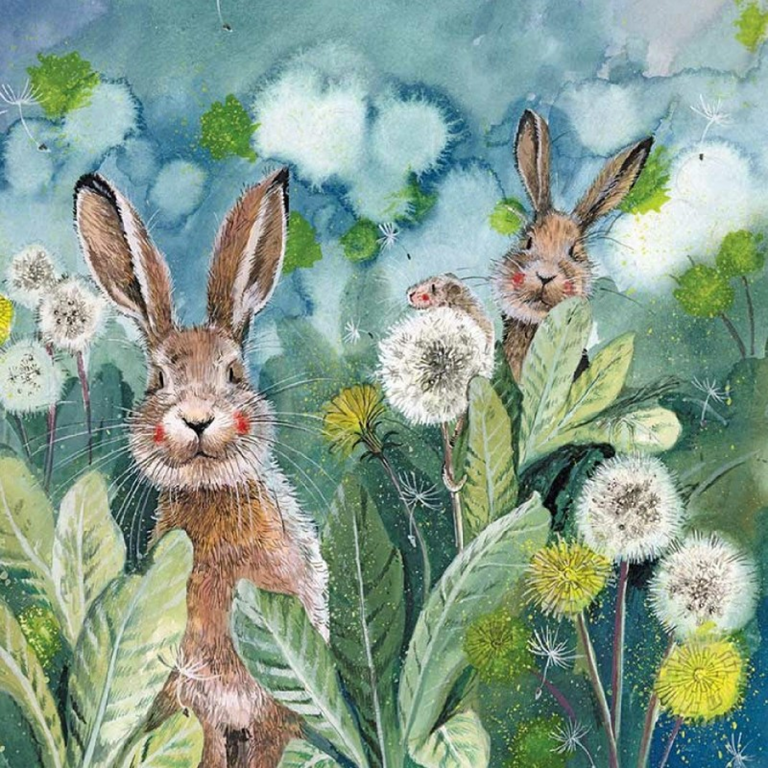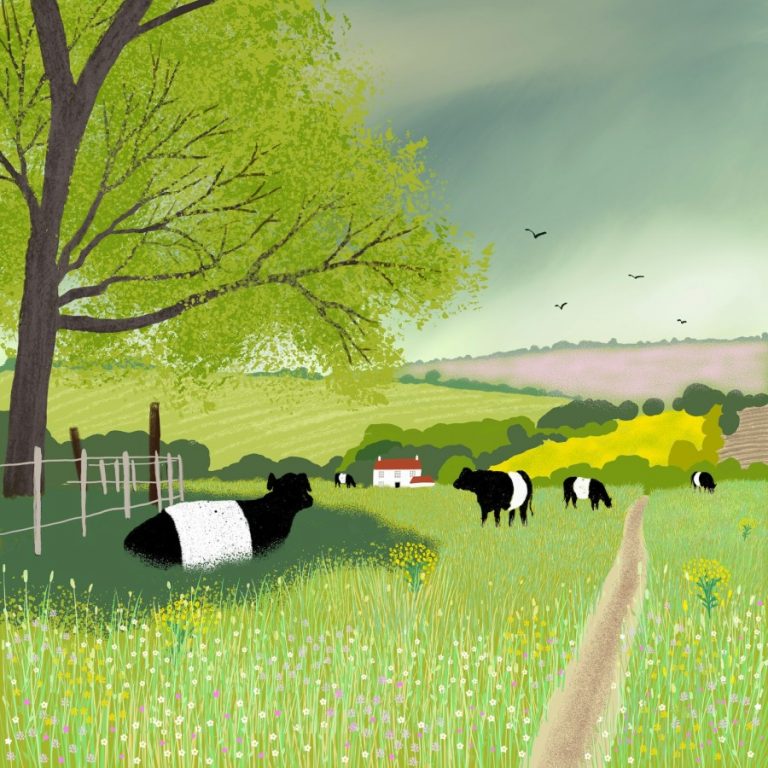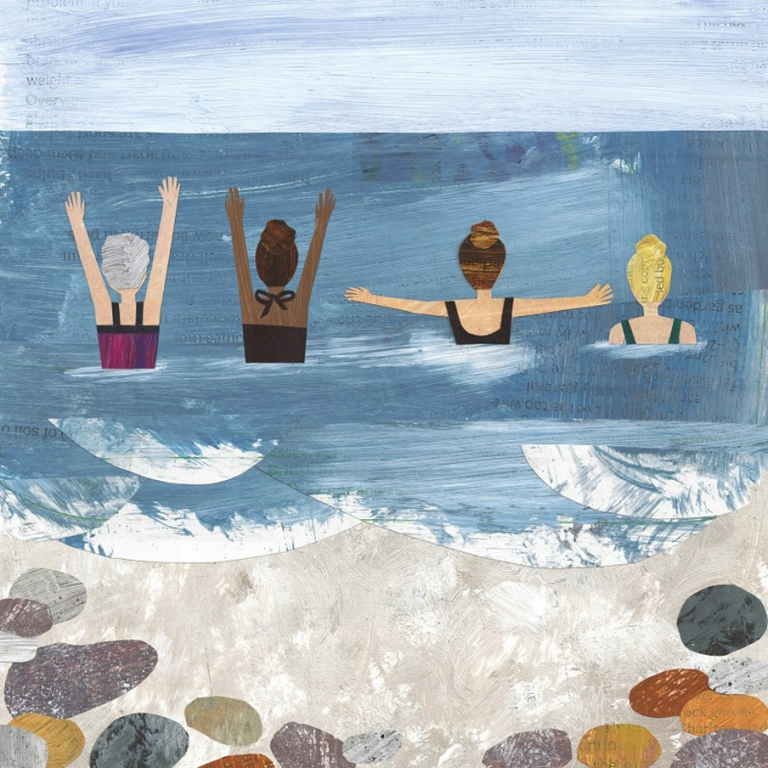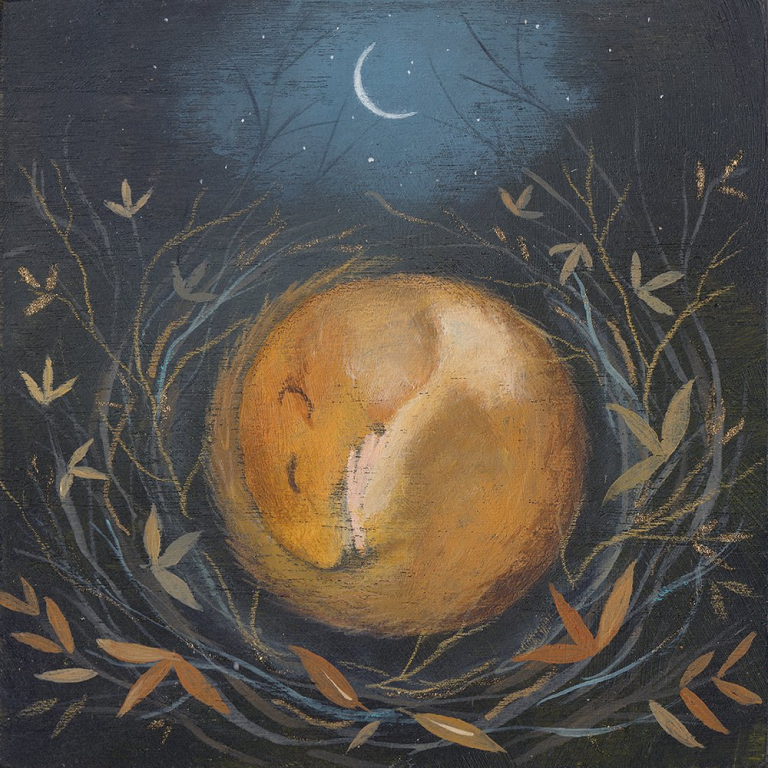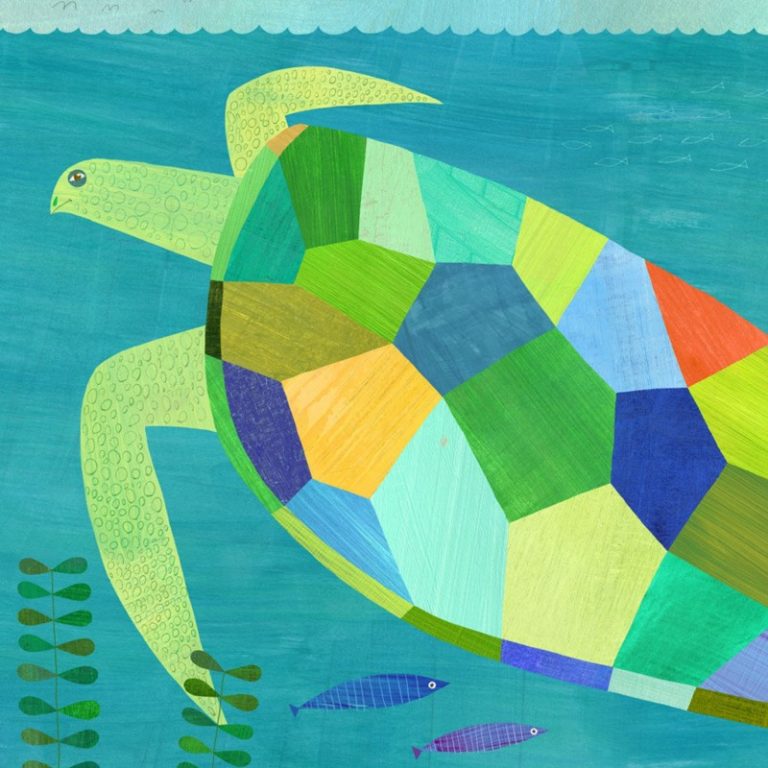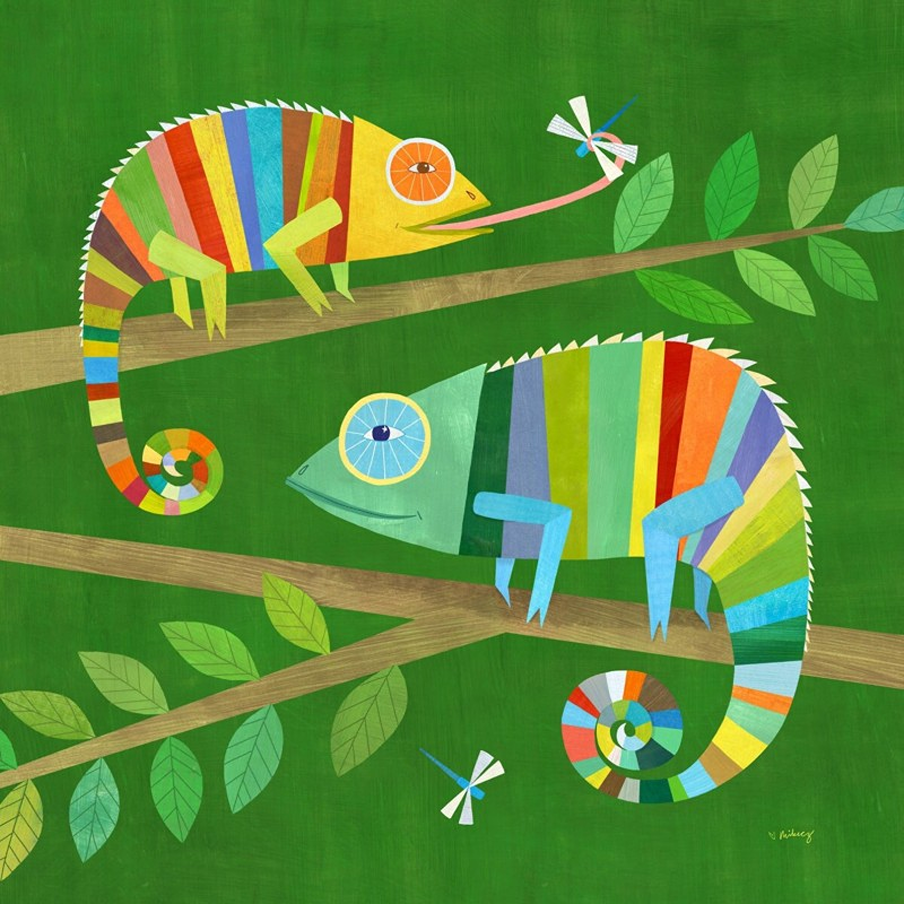
England’s wildlife is under pressure – habitats are shrinking and many species are struggling to survive. Yet there are other large islands around the world that are taking action to save their wildlife. What can we learn from them?
The types of wildlife and habitats are different, but these countries are taking a different view. Instead of building over green land to build ‘affordable homes’ (you can still do that without destroying wildlife habitats), let’s learn what other large islands are doing, to protect their treasured native species. Then we can use this to inspire restoring our own habitats – meadows, wetlands and seagrass habitats.
Madagascar’s Conservation Model
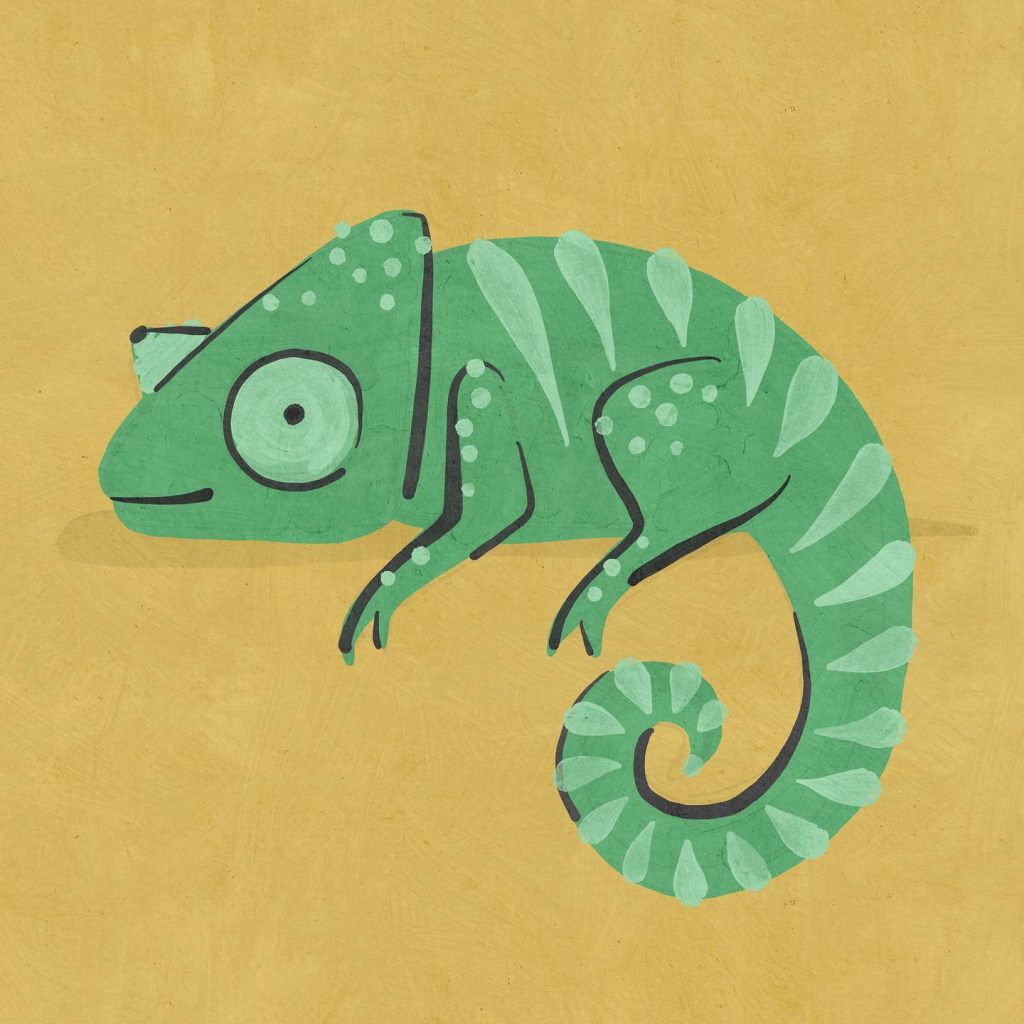
Madagascar (the fourth largest island on earth) is one of the most fascinating places on earth for wildlife. 90% of all creatures are found nowhere on earth, so it pays that the locals want to keep their wildlife. People here literally revere their wildlife (unlike in England, where planners don’t take into account the needs of newts, hedgehogs or beavers).
Community groups in Madagascar have taken action, to drop deforestation by half, and this has ended with sacred forests remaining intact. It’s illegal to fish in lakes that are home to endangered fish or marine creatures.
Lesson for England
Our rare mammals, birds and insects need connected landscapes. Wildlife corridors, hedgerows and rivers need to be maintained, so that creatures like endangered hedgehogs can travel from hedge to hedge at night, to find food and shelter. The lack of natural spaces is why so many end up on our roads, and get killed. ‘Hedge’ hog – the clue’s in the name.
Another lesson that Madagascar can teach is that ecotourism is big business, and does far more good than slamming bored species in zoos, for children to go gawp at. There is hardly any conservation benefits to zoos (endangered species are being saved in natural wild habitats by many excellent organisations).
What’s far better is to encourage wonder for wild spaces. The Conservation Volunteers run weekend volunteering expeditions, you can save nature and wildlife, make new friends and learn new skills – tea and biscuits included!
Did you know that vanilla is the world’s favourite food flavour? The best type is from Madagascar. Never use ‘fake vanilla’, even if it’s cheaper. Not only does it taste vile, but often is made from a secretion from beavers (the same that’s used in some perfumes – castoreum).
Borneo’s Fight Against Habitat Loss

Our lovely orange cousins live on this large island in Indonesia. And you’re likely aware that they are near extinction, due to mass logging of their homes to build cheap plantations for the palm oil industry. If you cook your own food and visit the health store to find olive or coconut oil soaps, you can easily choose palm oil alternatives, which will help restore their habitats (and that of other endangered creatures like Sumatran rhinos, tigers and elephants).
Greenpeace says there is no such thing as ‘sustainable palm oil’, this is just a self-police term by industry that’s as useful as a chocolate teapot. It is shipped thousands of miles to England, simply because it’s a cheap saturated oil, in place of buying rapeseed oil (to support our farmers) or encouraging people to cook their own food (palm oil is mostly found in junk processed food).
Lesson for England
Strong land rules are now being used in Indonesia, to try to stop orangutans going extinct. We can do the same, to protect species like dragonflies and damselflies, by protecting our wetlands. Sea turtles and sea horses need seagrass in order to survive, and endangered water voles need organic farmers to restore river banks. Peatland is vital for many endangered species, yet is still legal to sell in garden centres.
Fiji’s Marine Biodiversity Safeguards
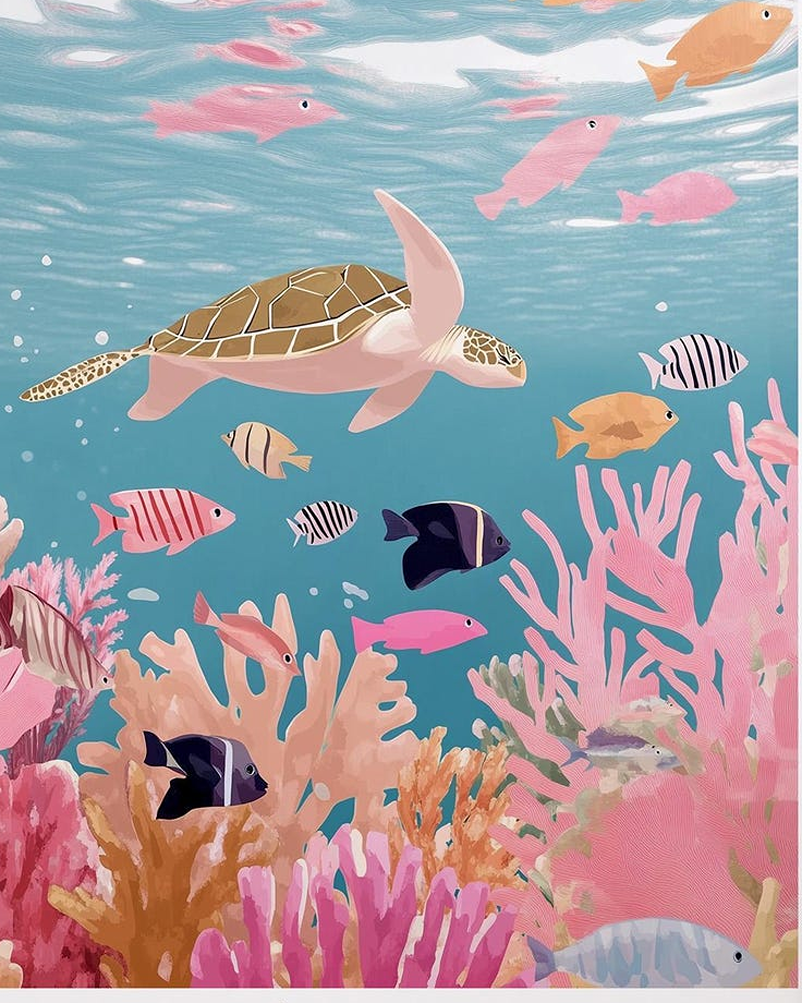
Fiji is home to some of the world’s most beautiful coral reefs. These recover much faster, when over-fishing is avoided. Recently a ban on sandeel fishing is helping to return puffin numbers (but some European countries are trying to overturn this law).
And many fish in England is not caught by a lone fisherman, rather from huge city ships that also catch other creatures (dolphins, sea turtles, gulls, whales, sharks).
Lesson for England
Like Fiji, we should treasure our seas and native creatures within it. We could create ocean sanctuaries (there is only one at present in Scotland, which took years of campaigning to get passed). This is where nothing is disturbed or caught, it’s kind of a like a ‘safe Switzerland of the oceans for fish and marine creatures!)
If we can leave creatures alone and participate in volunteer beach cleans (to clear plastic, litter and oil), then our native marine creatures, fish and coastal birds have a chance of survival.
Greenland’s Tundra Preservation
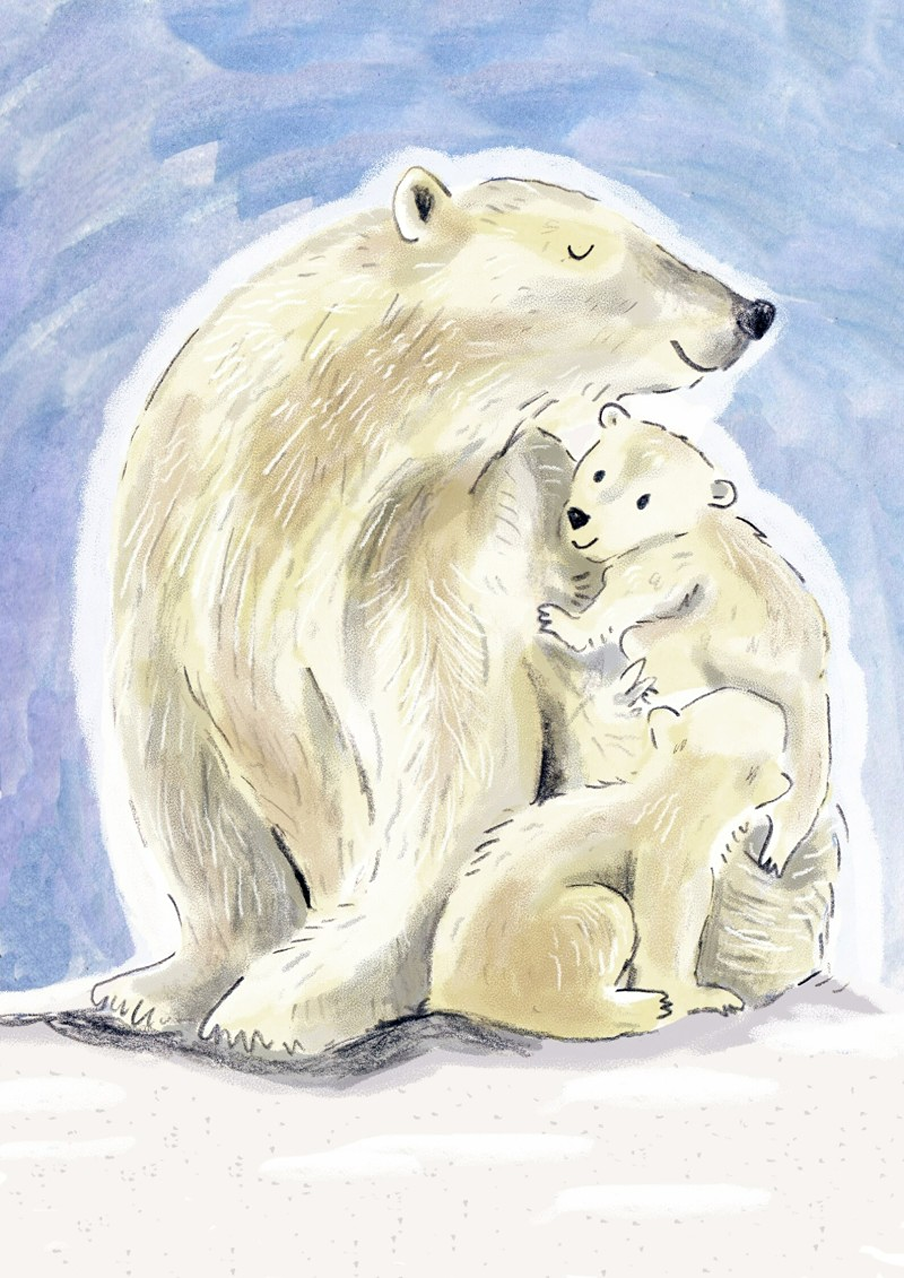
Greenland is a unique country where there are few tourists, which is good news for wildlife. Local people protect the habitats of native species like caribou and Arctic foxes.
Lessons for England
Over tourism is now a real issue in parts of England including the Lake District. By staggering the season and putting in place stringent rules to protect birds and wildlife and marine creatures, this can protect local habitats for endangered species.
Let’s Hope Greenland Gains Independence
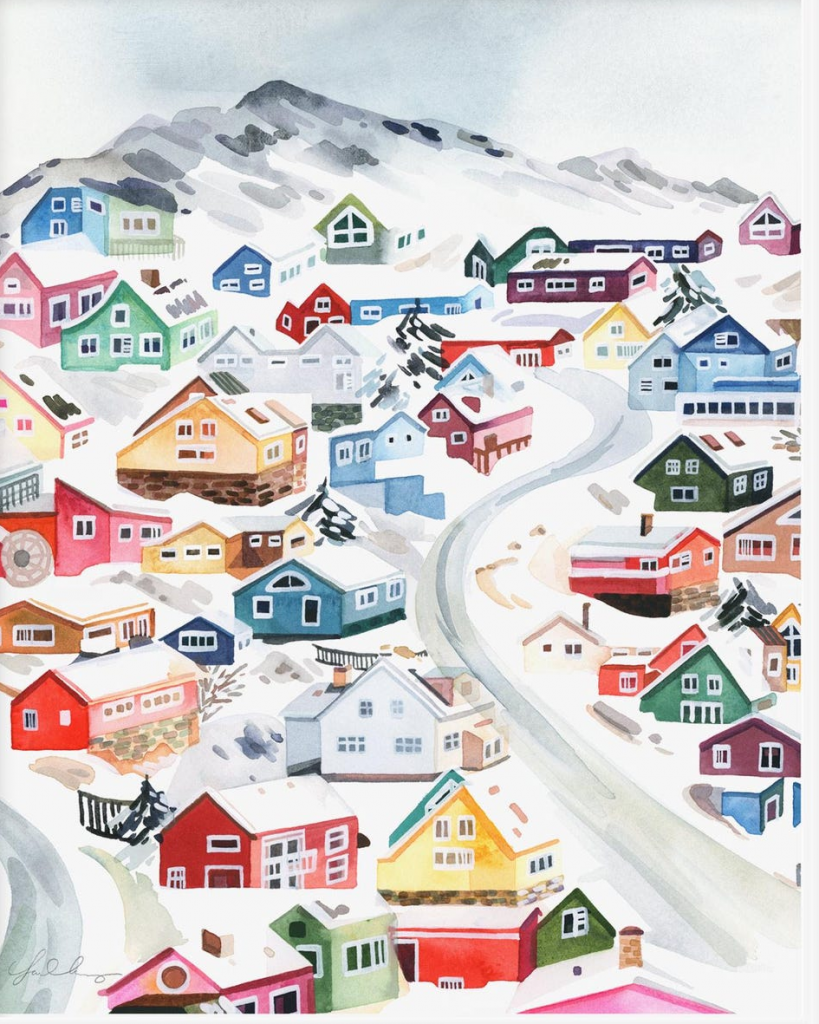
Greenland (a bit like our Isle of Man) is a self-governing part of another country (in this case Denmark). Apart from people watching humpback whales, it has little tourism, and this has kept the area pretty unpolluted. And just like our Northumberland, the entire northeast of Greenland is a protected National Park, to leave its wildlife undisturbed.
80% of Greenland is covered in ice, so few crops grow here. It is mostly in the news due to the massive ice sheet that is already cracking, due to climate change. If melted, it could raise sea levels by around 6 feet worldwide. Just one centimetre of rising seas can cause coastal erosion. of three feet.
This is scary, and why local Kalaallit Nunaat (native people) are very in tune with the natural world, and keeping it protected. However, recently President Trump has said that he wants to take over Greenland as a US territory, and even threatened to ‘annex’ it, if he doesn’t get his own way.
In an interview, Trump has denied that polar bears were in danger (?) yet recently has apparently been considering donating money to protect the country’s polar bears (it’s all very confusing). What about his own country’s polar bears at risk from Arctic drilling, is he going to protect them too?
He’s so obsessed with money and power and drilling for oil, one wonders of the motives. So you could imagine how much Greenland would be at risk from oil spills and pollution (Trump has even just reversed the ban on plastic straws, saying that ‘paper ones explode’.
There is only one airport (reached from just Iceland or Denmark) and most people travel by boat. And like Finland, its remote location means it has some of the world’s cleanest air and waters. Can you imagine, if the USA got involved?
Why Does President Trump Want Greenland?
He says for security, and ‘it will happen’ in acquiring the island. Greenland’s leader Jens-Frederick Nielsen however replied ‘We don’t want to be Americans. We don’t want to be Danes. We want to be Greenlanders’. A recent poll found that 85% of the population (mostly native people) and all five party leaders are in favour of a referendum to become an independent country.
Could Trump Really Buy Greenland?
Unlikely. It’s not like the days when the USA bought Alaska from Russia. Today there are laws in place to consider the wishes of local people. The only advantages for Greenland would be military bases and finance (things that locals are not concerned about), and the right to live and work in the US (again they aren’t interested).
Hopefully this will be a good lesson for a world leader to realise, that sometimes money and power are not the most important things in the world, for some countries and people.

